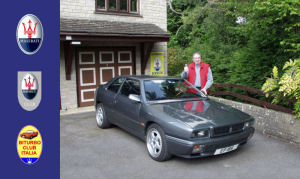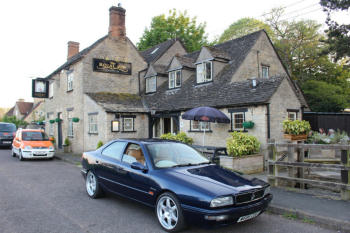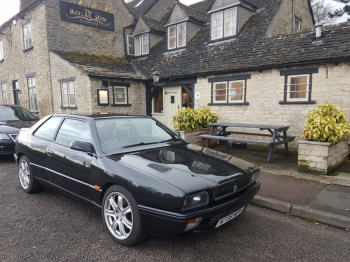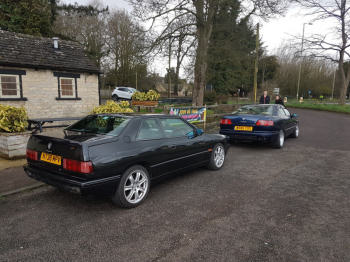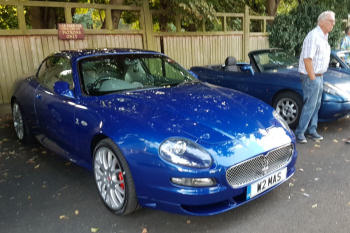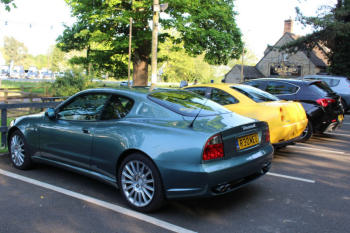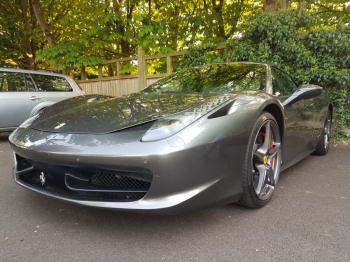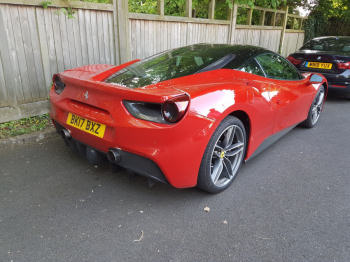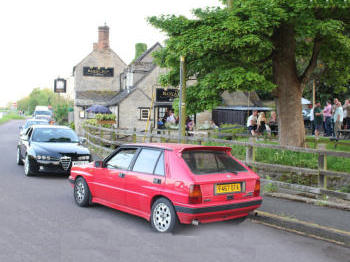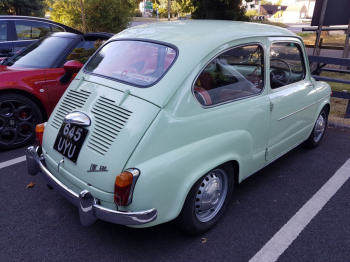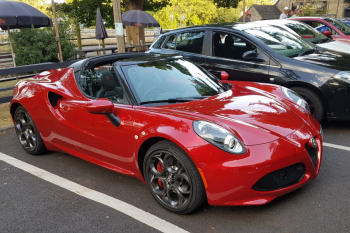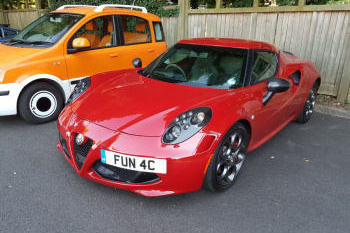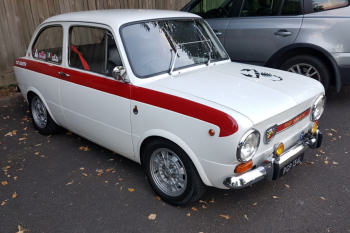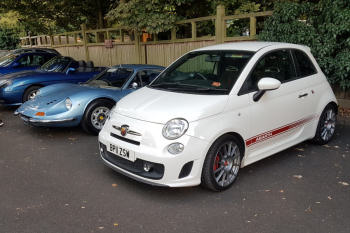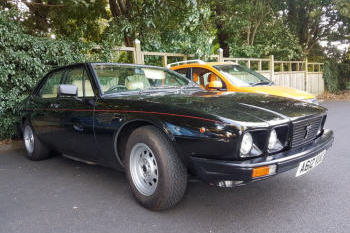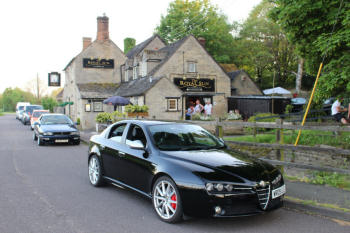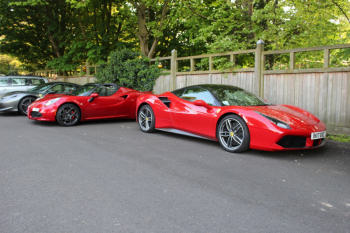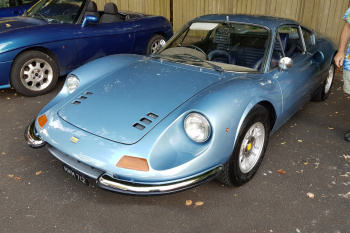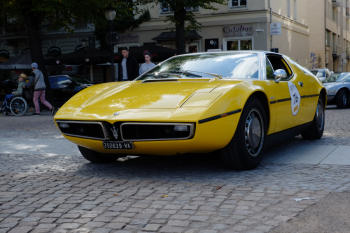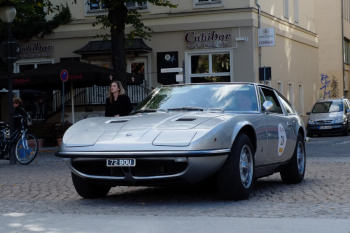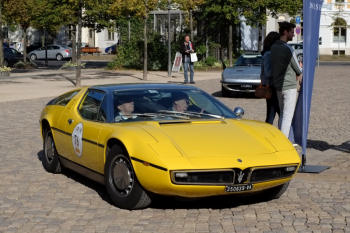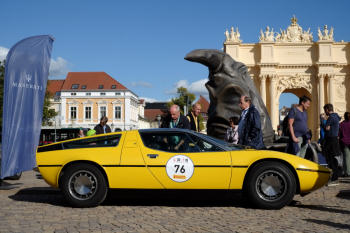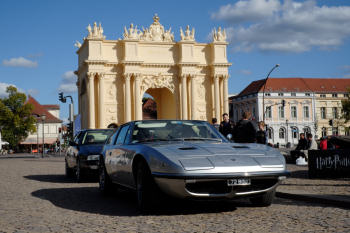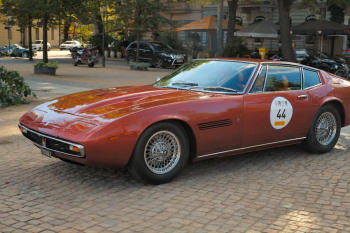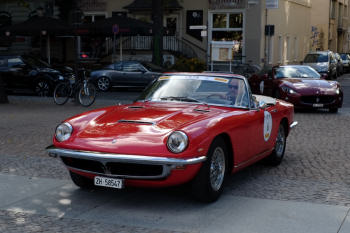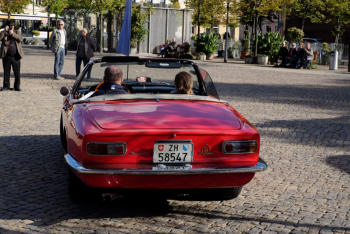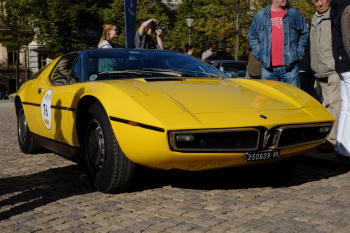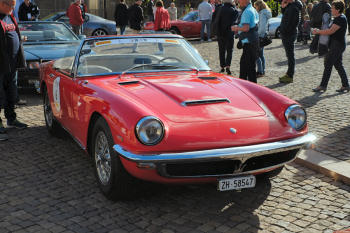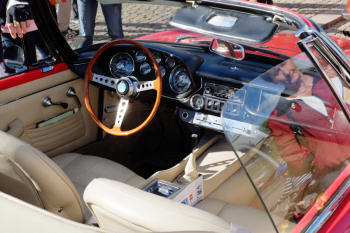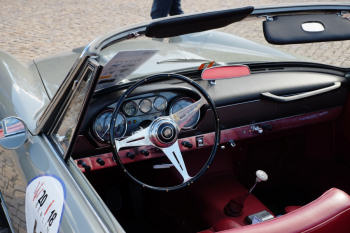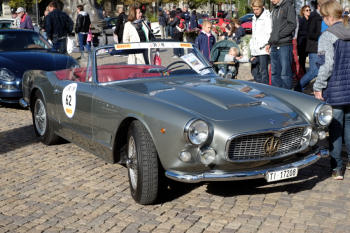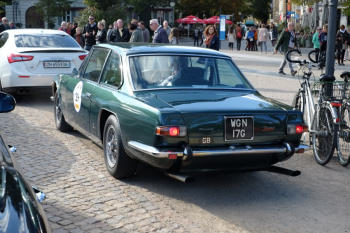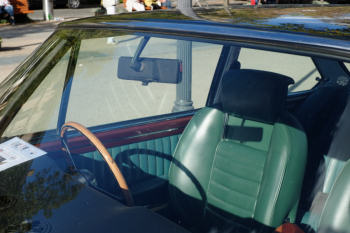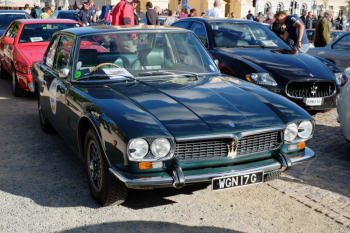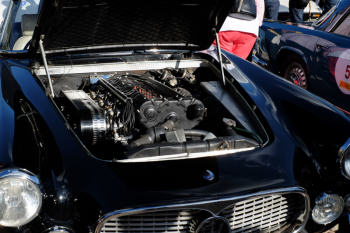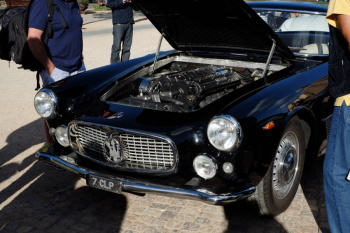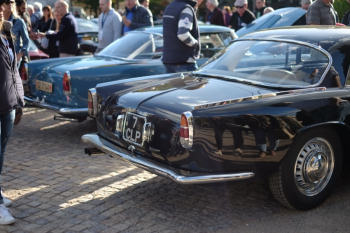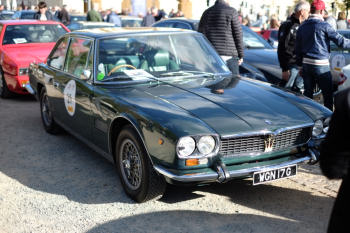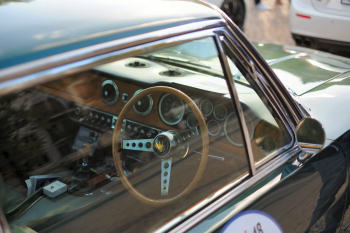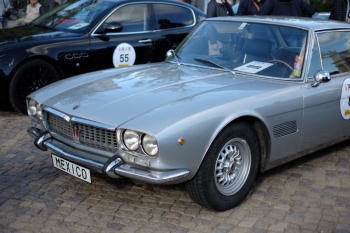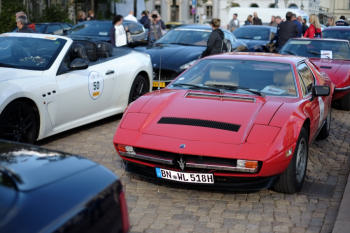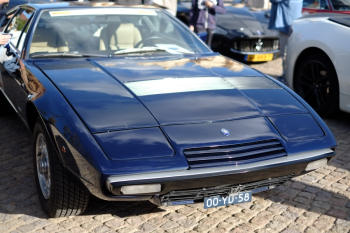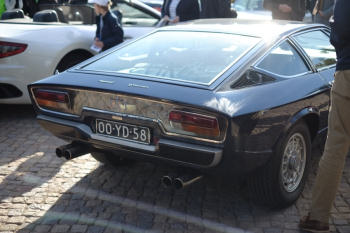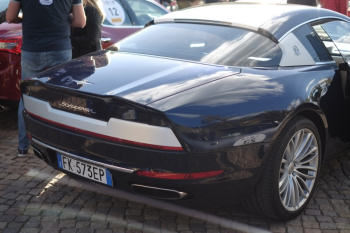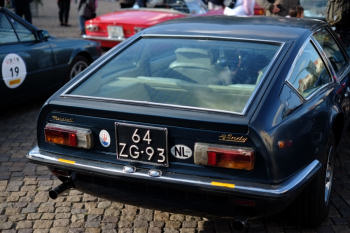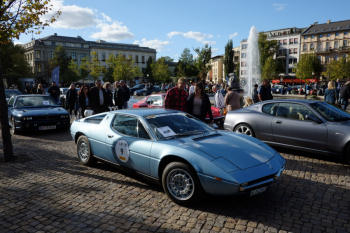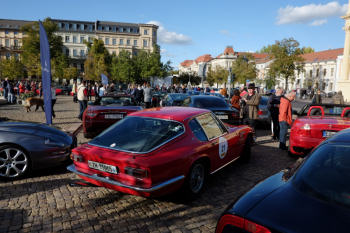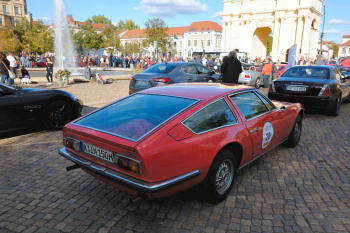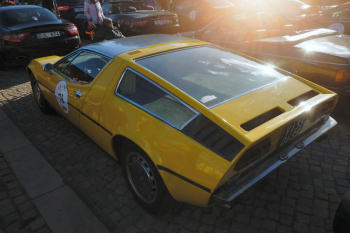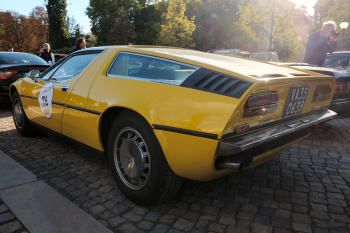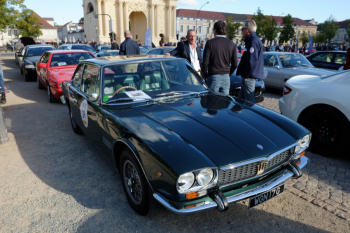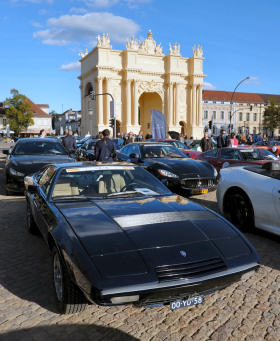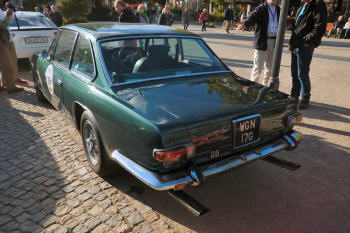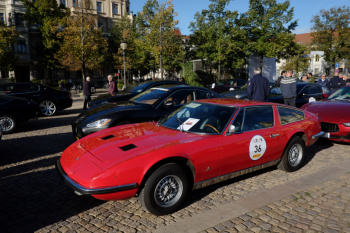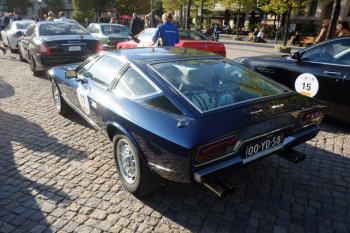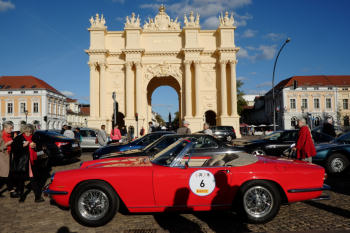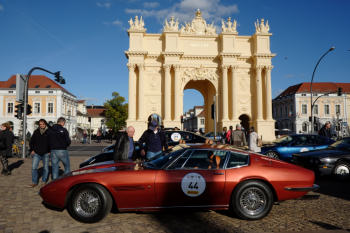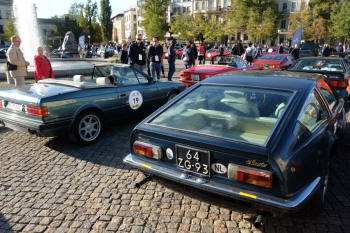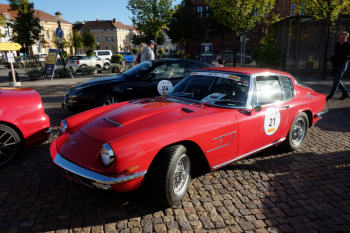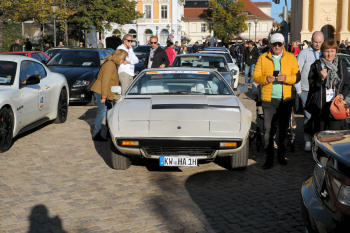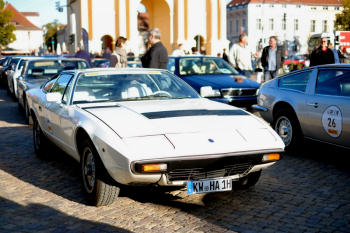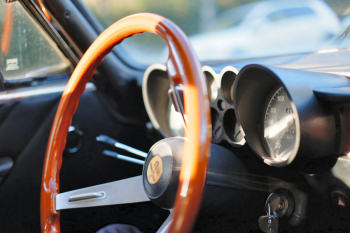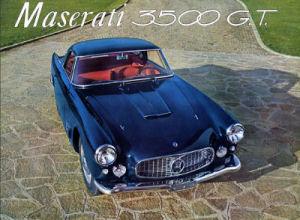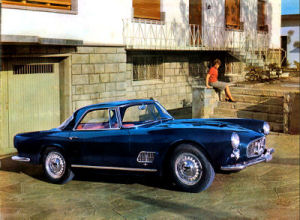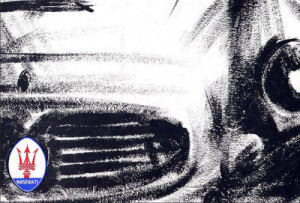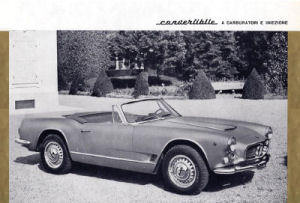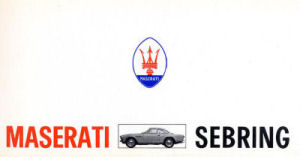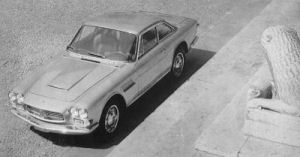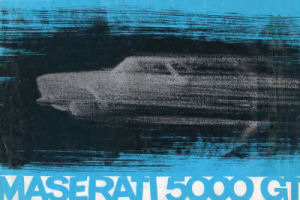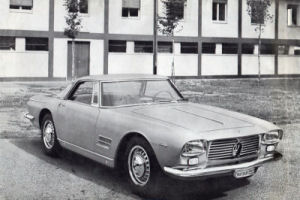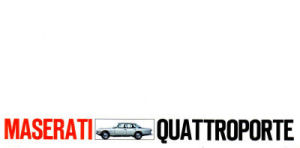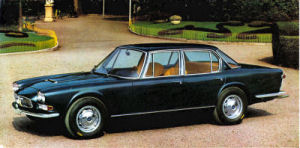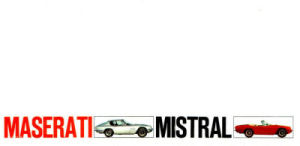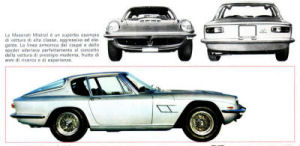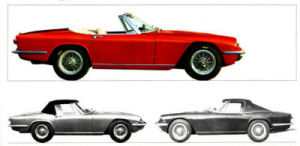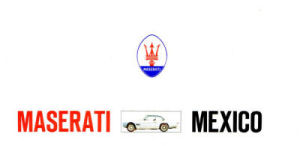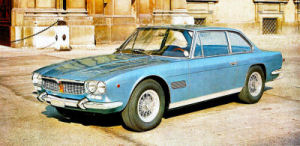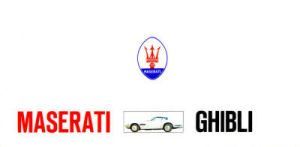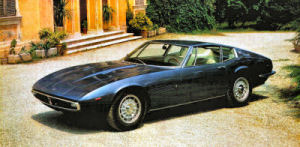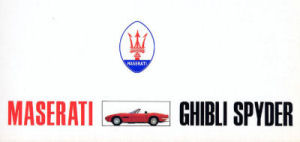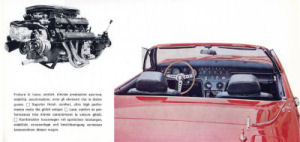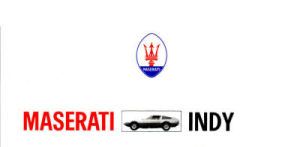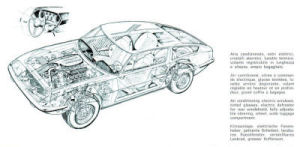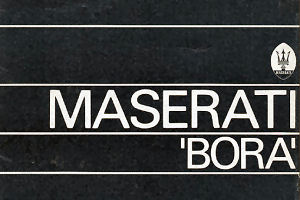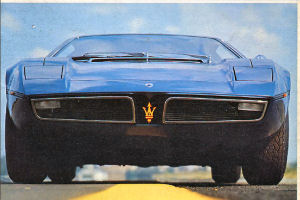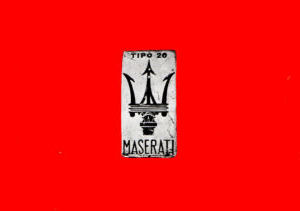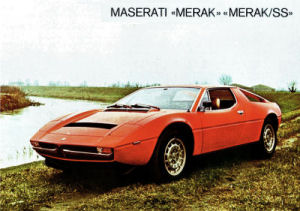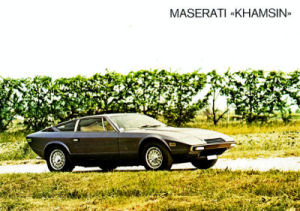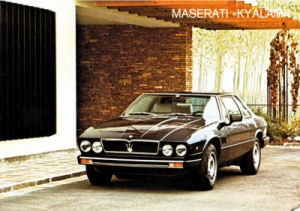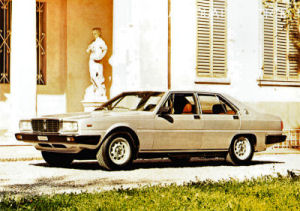Luigi “Gigi” Villoresi was a highly successful racing driver whose career spanned three decades from 1933 to 1956, and encompassed three major marques involved in Grand Prix and senior competition: Maserati, Ferrari and Lancia. Of these his major contribution to his craft was at the wheel of Maseratis, and indeed after his racing days were over he remained closely involved with the Maserati factory.
He was born in Milan on 16th May 1909; it would be nice to imagine that the happy event occurred within sight of the Canale Villoresi built by his grandfather. The Villoresi family must have been reasonably well-to-do, as Luigi’s father ran an electricity generation company. Unfortunately tragedy was to haunt the family as three brothers, including fellow racer Emilio, and a sister died relatively young in tragic circumstances.
Gigi started out in competitive events at the age of 22 entering a Lancia Lambda into local events, then soon progressing to a Fiat Balilla, a rather more sporting model. He enjoyed some success with this car, gaining a fifth place in his class in the 1933 Mille Miglia, younger brother Emilio riding as passenger, and a third place in the 1935 Coppa Ciano.
“I won my first race in a car belonging to my father; a six cylinder Type 18 Ansaldo six-seater saloon in the ‘Cascata Toce Saint Passo Giacomo’ hill climb. Also taking part in this race was Parenti, the Federal secretary of Milan, driving a supercharged Alfa Romeo 1750 Spyder. First prize was a wonderful gold chronometer, being held in safe keeping for the almost certain winner, Parenti, because of the superiority of his car. I won, with my brother Mimi as my mechanic; but somehow they found an excuse to award Parenti the watch and me a miserable old dented tin cup. I was so disappointed! However, it was through this race that I entered the magical world of motor racing.”
In 1935 Gigi’s partnership with Maserati began. He was able to buy an old 4CM, previously belonging to Tuffanelli, and gained quick success with the car, which was shared with Emilio, who was no slouch either. The 4CM had been introduced by Maserati specifically for voiturette racing; its engine having torque and acceleration advantage over the 6CM, although both had the same 1500cc capacity. Emilio was soon lured away to those other red cars, joining Scuderia Ferrari in 1937 to drive their Alfas.
“I made my debut at Monte Carlo, it was a heroic and comical race because of my lack of preparation, even my mechanic was the family chauffeur. At the last minute, before practice, I had the good fortune of receiving help from Guerrino Bertocchi, which allowed me to do well in practice. I had made a terrific start up the rise at Condamine, then a car in front of me had an engine blow and I found myself in an oil patch. In spite of this I finished well and Frechard, the famous French journalist, referred to me as ‘the flying mad man’.“
Count “Johnny” Lurani formed the Scuderia Ambrosiana in 1937 with Villoresi, Cortese, and Minetti; they bought a 6CM and successfully campaigned it in voiturette racing across Europe throughout 1937 and 1938. Gigi gained victories at Brno in 1937 and in the Albi GP, Coppa Acerbo, and Lucca races in 1938. At this time the all powerful Mercedes and Auto Union teams were ruling the roost in Grand Prix racing, helped by sponsorship from the Nazi state. Mussolini and the Fascist state in Italy were equally keen to see Alfas and Maseratis gaining glory for Italy, but these two companies both realised that competitive success, for the time being, had to be sought outside of the big boys’ arena! In fact the 6CMs and 4CMs were proving much more reliable and successful for Maserati than their ventures into Grand Prix racing with the 8CTF. Villoresi, now with the works team, had a couple of outings in an 8CTF in 1938, at the Coppa Acerbo in Pescara (see his words below) and at the Donington GP, where he was forced to retire with engine trouble.
“By the end of 1937 I was voted "Champion of Italy" for the race category up to one and a half litres.”
“[In August 1938] we raced in the "Coppa Acerbo" at Pescara; at this circuit, known as the Italian Nurburgring, I drove really well [in a 6CM in the Voiturette race]. I went straight into the lead and carried on to take the chequered flag. After this preliminary race for smaller capacity cars came the ‘Grand Prix’ for the big guns; Mercedes, Auto Union and Alfa Romeo. Trossi started at the wheel of a twin supercharged 3-litre [8CTF], a wonderful machine; after a few laps Trossi came into the pits feeling unwell. Ernesto Maserati invited me to get into this wonderful big machine; it was for me a great responsibility as I had never driven this car before. I set off at great speed and to my surprise overtook two German cars. After a few laps I pulled into the pits to hand the car back to Trossi. Ernesto Maserati and Guerrino [Bertocchi] congratulated me on my drive, I had taken the Maserati to second place overall, and what’s more, had broken the lap record in 10 min 57 secs. That day at Pescara was extremely gratifying.”
1939 brought a personal tragedy. In June Gigi’s younger brother Emilio was killed whilst demonstrating an Alfetta at Monza to Enzo Ferrari’s business associates. “Mimi” was only 25. Enzo Ferrari’s less than sympathetic reaction to the death of his young team member soured the relationship between Gigi and Enzo Ferrari then, and again after the war when Gigi was to join the Ferrari team. The same year saw the appearance of the 4CL from Maserati: an improved voiturette design which again recognised the dominance of the Germans in Grand Prix. Villoresi had some success with the 4CL, winning the Targa Florio, but being forced to retire in the Tripoli GP and in the German GP, on the latter occasion in the bedevilled 8CTF. War put a stop to racing in September across much of Europe, although the Italians continued to race at home and in North Africa until they entered the war in June 1940. Villoresi, in a 4CL, won the Targa Florio again and gained a place at the Tripoli GP, both these races being almost exclusively Maserati and Alfa.
Having spent the latter war years as a prisoner of war Gigi was keen to get back behind the wheel, and in April 1946 he won the Nice GP in a 4CL, driving for the Scuderia Milano, which was effectively the works team since the factory was not in a position to manage a team by itself. “I recall with great satisfaction my victory in the first post-war race, the GP of Nice. Naturally in this race I was in my 1.5-litre Maserati; my biggest threat was Sommer in a big supercharged Alfa Romeo. In spite of a pit stop to top up with water, I caught him up, passed him and went on to gain a most satisfying win.”
Gigi went to Indianapolis in May with the Scuderia and achieved a place in an 8CL. He crashed quite badly while competing in the Grand Prix des Nations in Geneva in July, and this rather affected his performance for the remainder of the season.
“My greatest disappointment? My race at Indianapolis. I had the chance of being the first Italian or European to finish this great and demanding race, and what’s more, had the chance of winning it. I had a very good car, a fabulous three litre supercharged Maserati [8CL]. My car was superior to the rest and even though I started near the back of the grid, I worked my way up into the lead, but just as I was beginning to sense victory came the drama of the magnetos. The car’s owners, the Ruggeri Brothers, did not want to overhaul them after a long period of inactivity due to the war; I had to stop twice to replace them; I lost 35 minutes due to the stops and ended up in sixth place; approximately ten minutes behind Ronson, the eventual winner. I had, however, the honour and the satisfaction of joining the ‘100 Miles an Hour Club’.”
The next year, 1947, proved to be very good in Villoresi’s racing career. At the start of the year he rejoined Scuderia Ambrosiana with his good friend Alberto Ascari; their friendship developed on the track and Gigi became Alberto’s mentor; perhaps Alberto was to some extent filling the place left by Emilio’s death. The Scuderia went to South America early in the year to compete in Argentina and Brazil with their 4CLs. There were three Grand Prix in Buenos Aires in February: one named in honour of the country’s dictator Juan Peron, and another in honour of his wife, “Evita”; Villoresi bagged both these races, and gained second place in the Rosario GP. Back home in Europe Gigi was victorious with 4CLs in Grand Prix at Nimes, Nice, Alsace, and Lausanne, and was placed in the Swiss GP. An outing in an A6GCS at the Circuit of Modena sports car race brought in a second place.
1948 was another excellent year for Villoresi. The South American tour with Scuderia Ambrosiana brought wins in both Mr and Mrs Peron’s GPs again, and a third in the Rosario GP. At the San Remo GP in June Maserati introduced the 4CLT/48. This new car had basically the same engine as the 4CL, but with two-stage supercharging now fitted as standard, a tubular chassis, and reworked suspension. Villoresi gained a second place here, followed by places at the Swiss, French and Italian GPs. Later in the year victories were gained in the Comminges, Albi, British and Penya Rhin GPs, all in the new Tipo. In sports car racing he was placed in the Dolomite Gold Cup driving an A6GCS, and in the Naples race with an OSCA.
In 1949 the 4CLT/48’s fortunes declined. Scuderia Ambrosiana made its customary trip to South America, but Villoresi only managed a second place in the Juan Peron GP; however the tour ended on a better note with wins for him in the Interlagos and Rio de Janeiro GPs. The best that he managed back in Europe was a sixth place at the GP du Roussillon in May. Midway through the year came an unexpected call from Enzo Ferrari; he offered Villoresi a trial in one of his cars in the Belgian GP; he took up the offer, came second in that race and also won a sports car race in another Ferrari. Despite a mutual dislike between the two men, which had arisen ten years previously when Emilio was killed, Gigi handled the situation professionally and secured contracts with Ferrari, not only for himself, but for his friends Alberto Ascari and Nino Farina as well. These three men were to form a successful trio in the Ferrari camp. Gigi won the Dutch GP at Zandvoort for Ferrari, and took seconds at Spa and Bremgarten in the Belgian and Swiss GPs, and a third in the International Trophy at Silverstone.
1950 was not such a good year for Villoresi; racing at Geneva seemed to have a jinx upon him; he had crashed there in 1946 and was to do so again in July at the Grand Prix des Nations, this time more seriously, losing control in dropped oil, and team mate Farina also crashed whilst managing to avoid Gigi lying in the road.
Gigi was sufficiently recovered from his bad injuries to enter and win the Inter Europa Cup at Monza in April 1951, driving a Ferrari 340 Coupe. Later that month he won the Mille Miglia in the same car, partnered by Cassani. He had fought with Enzo Ferrari over the right car to use, Enzo opting for the Barchetta, but the driver on this occasion knew better, and proved it. He went on to take third places in the Belgian, French and British GPs, and a fourth at the German GP.
Throughout 1952 and 1953 Villoresi remained a stalwart of the Ferrari team, gaining good results, although outright victories eluded him. He took places in the Italian GPs in both years, and in the Argentine and Belgian GPs in ’53. It is perhaps not just wishful thinking that his support and encouragement for Alberto Ascari, nine years his junior, contributed to the latter winning six GPs in ’52 and five in ’53.
Contract discussions with Ferrari for the upcoming 1954 season came to nothing for Villoresi and Ascari, but they could not have been unduly disappointed as contracts for both of them with the brand new Lancia Formula One team were soon agreed. Lancia’s D50 held great promise with its excellent power to weight ratio, V8 engine with offset transmission, and pannier fuel tanks providing constant weight distribution as fuel was consumed. Unfortunately the Lancia team took a while to get going in 1954 and Villoresi had only one outing, in the Spanish GP at Pedralbes, but brake failure forced him to retire. For the remainder of the ’54 season he had been lured back to the Maserati fold and had a number of races in a 250F, but with no noteworthy results excepting a fifth place at Reims in the French GP.
1955 was an eventful and sad year for Villoresi. In May at the Monaco GP, whilst he gained a fifth place, team mate Ascari plunged into the harbour in his Lancia but was hauled out with only minor injuries. Perhaps this was a portent for the tragic and unexplained accident that killed Ascari just a few days later when practicing at Monza in a new Ferrari sports car. Lancia had lost its star driver and no doubt this contributed to Gianni Lancia pulling out of racing at the end of the season and handing over their D50s to Ferrari. Gigi was with Alberto, at his side when he died shortly after the accident; Gigi had lost a friend, a business partner, and his brilliant young protégé; this must have been a painful parallel to the loss of younger brother Emilio sixteen years earlier.
Late in the ’55 season Villoresi returned to Maserati again and was victorious in a 300S in the Venezuelan GP, having shared the driving with Fangio, and he gained a third place in the Syracuse GP in a 250F. 1956 was a busy year for Gigi: he had ten outings in Maseratis in major competitions, but he was now 45 and perhaps he was losing some of the edge on his consummate driving skills. He recorded a first in class in an OSCA whilst competing in the Supercortemaggiore GP at Monza; apart from that the best he managed was a fifth at Spa in the Belgian GP in a Centro Sud 250F, and a sixth at Silverstone in the British GP. His last Formula One race was at the Italian GP at Monza, sharing a 250F with Jo Bonnier, but being forced to retire with engine trouble, and his last major race involved a crash in a 300S in the Rome GP.
Perhaps Villoresi retired at the right time since 1957 saw a shift in the balance of power in motor racing. Italian domination of Formula One was being supplanted by the British Vanwalls and many of Gigi’s contemporaries recently prominent were now dead or retired: Wimille, Ascari, Farina, Gonzalez. In the same year the Mille Miglia was banned forever following a horrific accident.
Gigi Villoresi retained a keen interest in motor sport in general and the cause of Maserati in particular for the rest of his life. In 1958 he participated in and won the Acropolis Rally for Lancia. He was often to be seen supporting the Maserati factory at various shows and exhibitions. He exercised his craft with great skill, but at the same time was possessed of a quiet and elegant charm. In his career he had twice been Champion of Italy, but in some ways his most prestigious attainment was being known as Il “Gigi” Nazionale (the National “Gigi”) by his many adoring Italian fans. His fan base went abroad too, and in his later years when he was in poor bodily and financial health, and was being looked after in a monastery near Modena, British fans contributed towards his upkeep. He also achieved a unique position when an Italian Act of Parliament was passed to allocate state funds towards his maintenance.
“Life at Maserati was like living in a family: I will never forget the grumpy Bindo, the beloved Ernesto, the silent Ettore, the good Guerrino [Bertocchi] and the team of mechanics. My time at Maserati was the most beautiful period of my sporting life, and one which best enabled me to demonstrate my ability: I won over 25 races and two outright Italian Championships in 1939 and 1947.”
Luigi Villoresi died peacefully in Modena on the 24th August 1997.
I am indebted to Sig Ermanno Cozza for permission to use excerpts from an article entitled ‘Maserati and I’ written by Luigi Villoresi and originally published in the first issue of Il Tridente in August 1988, and to Enrico for providing a translation of this from the Italian, and for sourcing photographs.. |
